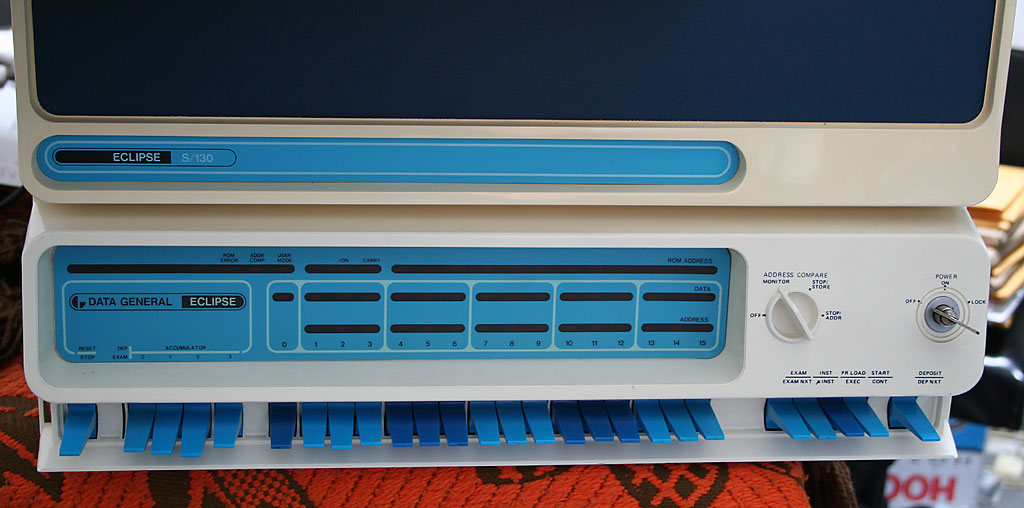I'm building a 8-bit "computer" on the breadboard mostly following tutorials from different sources. The project is educational, so I want to be able to execute all the steps manually and see what is happening through bunch of leds hooked up almost everywhere :) Now I'm designing the SRAM module that could work in two modes
- Controlled by the CPU control logic.
- Controlled manually.
The second mode is required to be able to enter the data/commands into the SRAM through DIP switches. In this way I can program the "computer" I'm building, switch it then to auto mode and run the program.
I came up with the following schematics. The idea is to hook-up all the control pins through the multiplexer that either hooks up it to the control unit or to some preset signals, so that address/data go to the chip either from the bus or from dip switchers. As a mux a can probaly use this thing SN74HC157.
So the questions are:
- Do you think the design will work?
- Is there any other way to make it simpler? :)
Thanks a lot.



